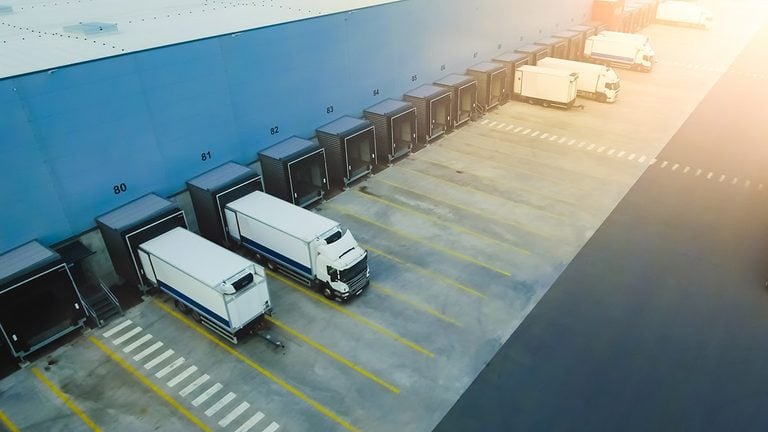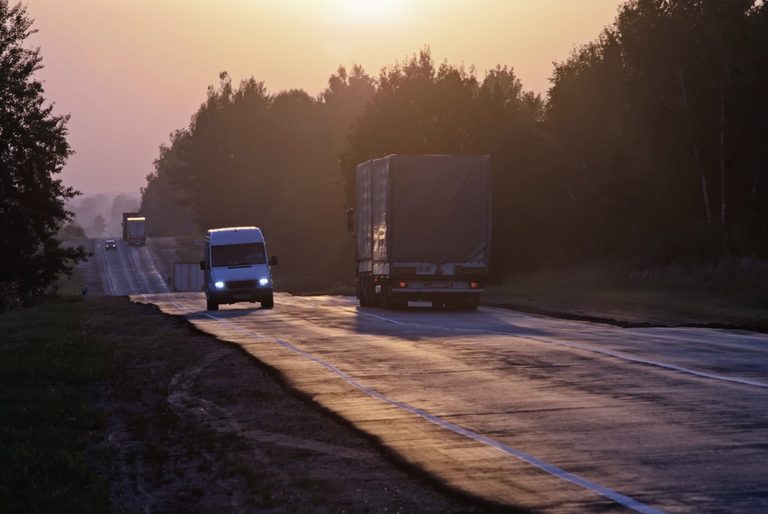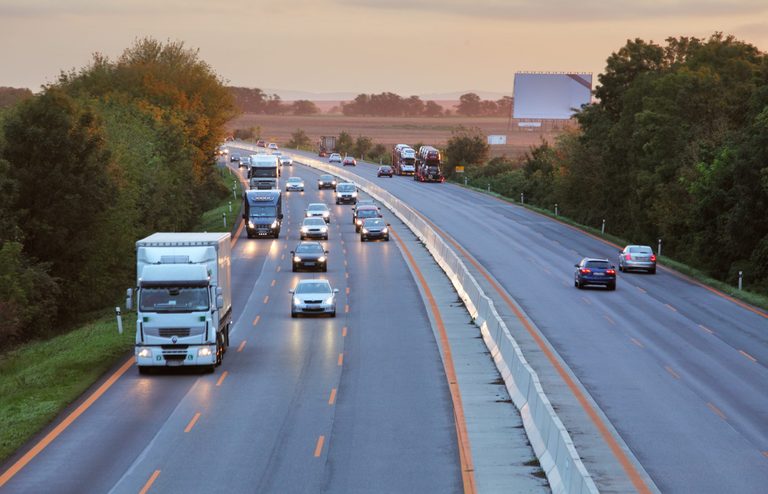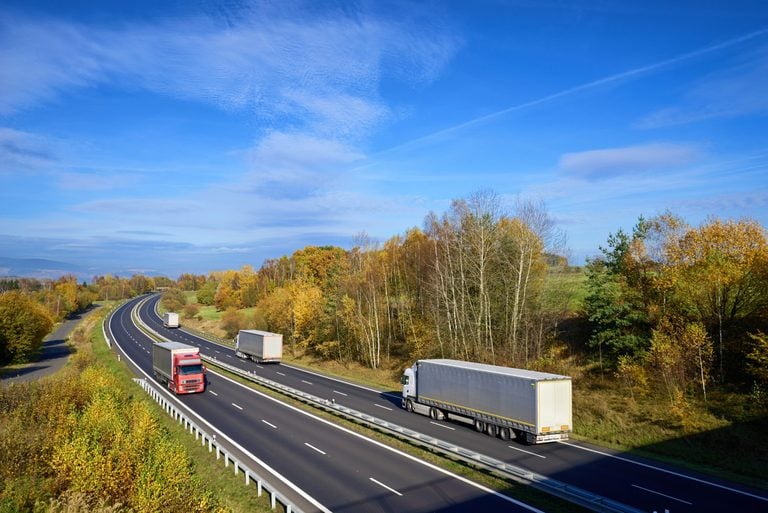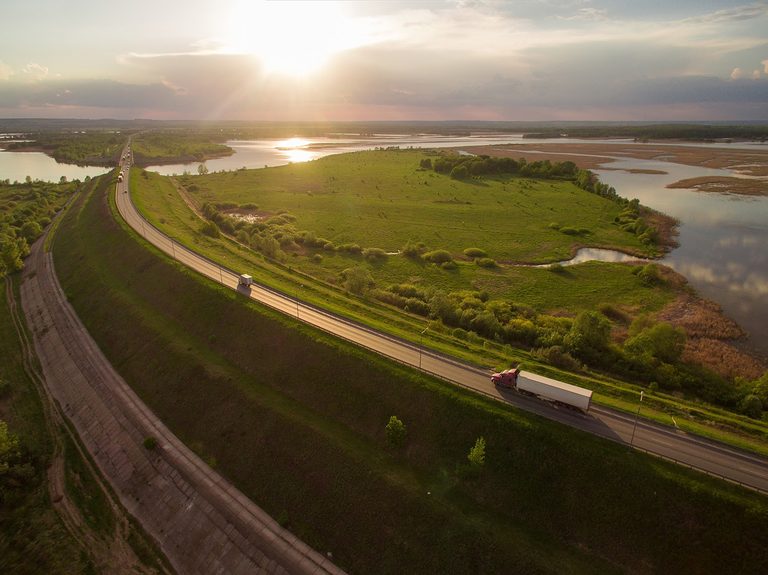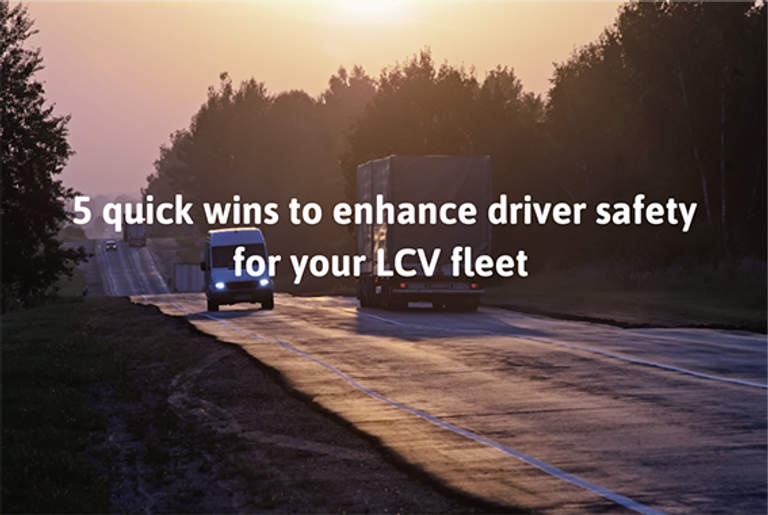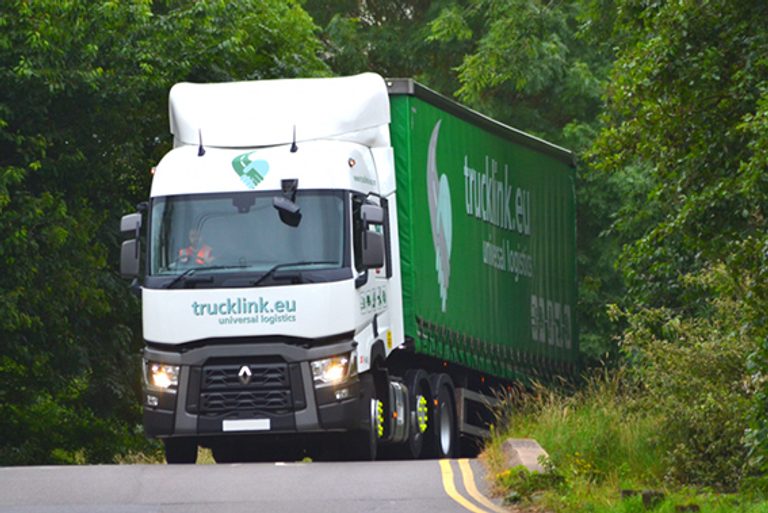Topics
Today we’re sitting down for a (virtual) cuppa and a chat with Ian McAllister, Transcan product specialist, to unpack the ins and outs of the UK’s market-leading temperature monitoring solution.
When it comes to transporting refrigerated products, maintaining the appropriate temperature range is critical to preserving the integrity and efficacy of the cargo. This is especially true when transporting medicinal products, as they are often sensitive to temperature fluctuations and can be rendered ineffective or even harmful if exposed to incorrect temperatures.
When your company manages a large number of vehicles and people on the road, seemingly small operational changes can make an overall difference. Even with a smaller vehicle count, it is difficult to reach an optimum performance level without some indicators of how your day-to-day operations are going.
Trying to find the right vehicle camera system for your fleet can be a lot like trying to buy the right car: there are a lot of models, variations, and qualities to choose from. But unless you know what you need in a system you don’t know what to look for, and what to avoid.
Read about what GDPR for CCTV cameras cover, and follow this 7-step process to make sure you’re compliant.
In today’s crash-for-cash climate, the presence of vehicle cameras is a rising trend that hasn’t gone unnoticed. From simple dash-cams, to full multi-camera systems, installing a vehicle camera solution protects your drivers against false claims, improves driving behaviour, and lowers insurance premiums.
Companies with fleets of mobile workers must hand a great deal of trust and responsibility over to their employees to drive safely and appropriately. Particularly those who use LCVs as the vehicles often unfairly hold a poor reputation when it comes to driving style.
In an industry as heavily regulated as the transport sector, compliance is a front runner for the most stressful and time-consuming challenge for fleet managers. Especially when you consider the potential consequences if processes are not done by the book.
